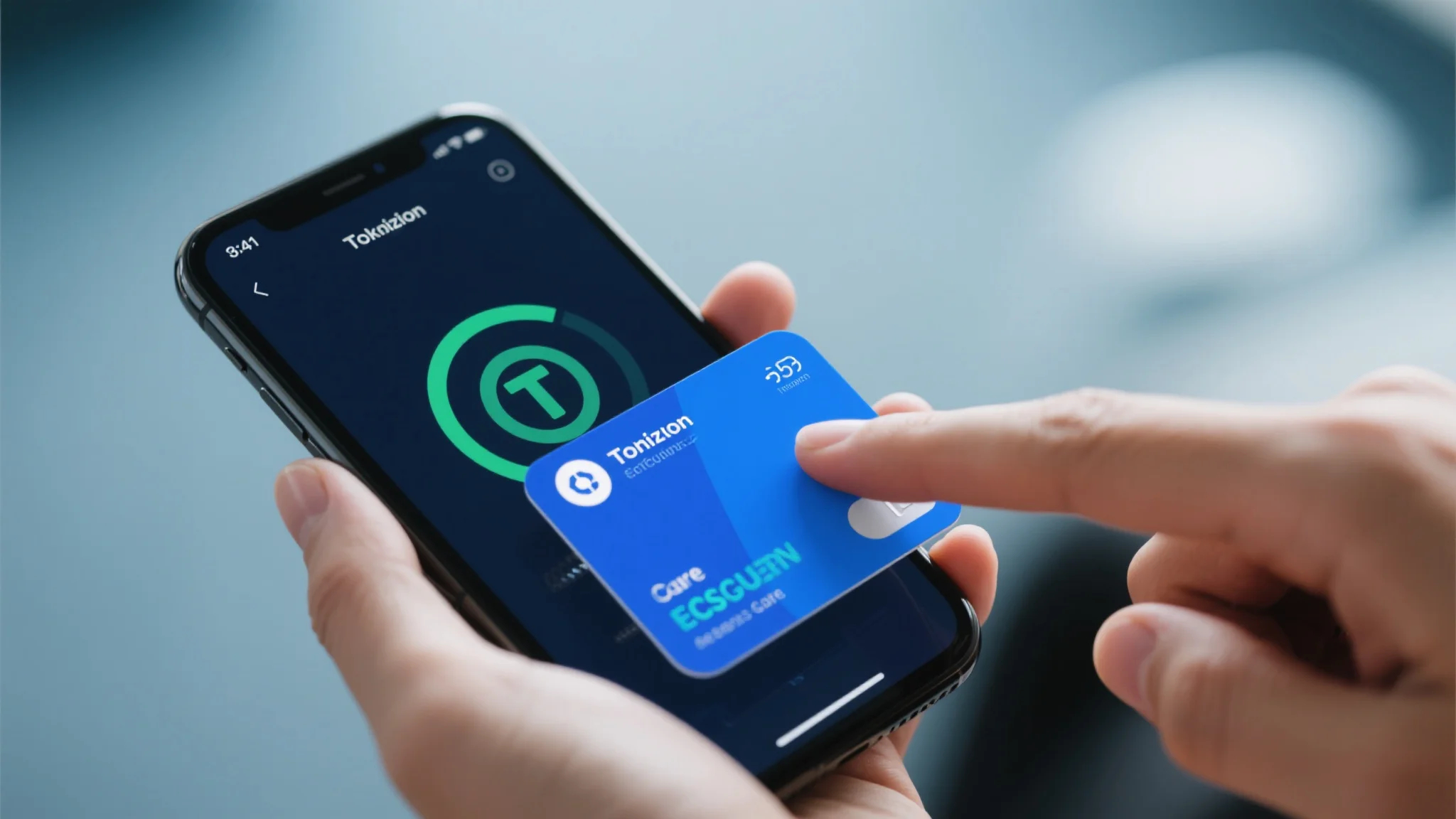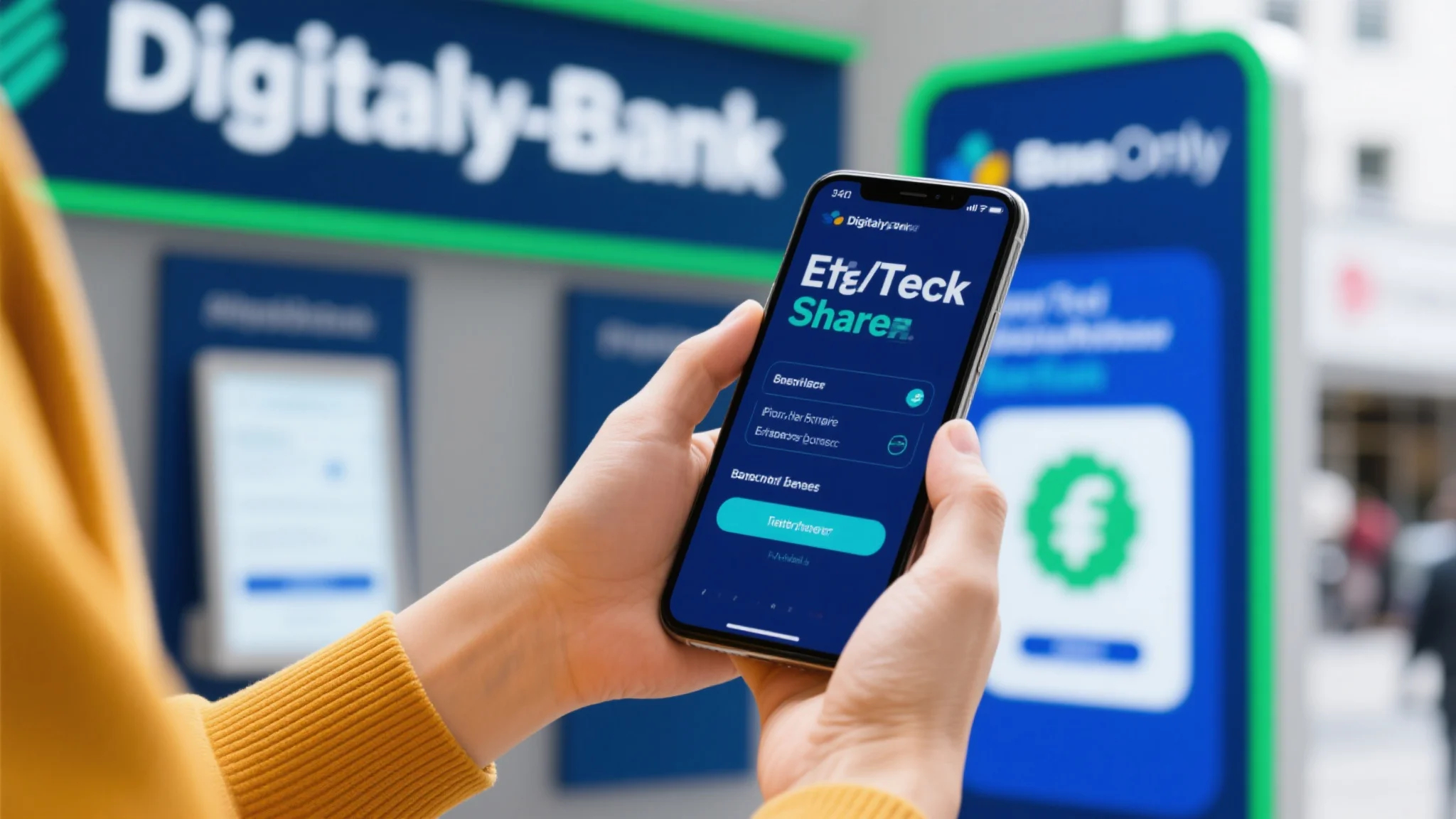Understanding the Importance of Secure Mobile Checkout and Initial Setup
In the ever-evolving world of e-commerce, mobile checkout has emerged as a critical component of online shopping experiences. With the increasing reliance on smartphones, customers expect quick, easy, and secure ways to complete their purchases. A seamless mobile checkout system not only enhances user experience but also builds trust and loyalty. However, setting up a secure mobile checkout system can be complex, especially for those new to e-commerce. This guide will walk you through the process step by step, ensuring your online store is equipped with a robust and reliable mobile checkout system.

Step 1: Assessing Your Needs and Goals
Before diving into the technical aspects, it’s essential to assess your business’s specific needs and goals. Ask yourself the following questions:
What types of products or services are you offering?
What is your target audience?
How many transactions do you anticipate processing daily or monthly?
Understanding these factors will help you determine the right tools and features for your mobile checkout system. For instance, if you’re selling digital products, your needs may differ from those selling physical goods.
Step 2: Choosing a Reliable Payment Gateway
The payment gateway is the backbone of your mobile checkout system. It acts as the intermediary between your online store and the payment processor, ensuring that transactions are secure and efficient. When selecting a payment gateway, consider the following:
Security: Look for gateways that support encryption technologies like SSL (Secure Sockets Layer) to protect sensitive customer data.
Fees: Compare the transaction fees and recurring charges of different gateways to find one that fits your budget.
Integration: Choose a gateway that offers easy integration with your existing e-commerce platform or mobile app.
Some popular payment gateways include PayPal, Stripe, Braintree, and Square. Each has its own strengths and weaknesses, so research thoroughly to find the best fit for your business.
Step 3: Integrating SSL Encryption
SSL (Secure Sockets Layer) encryption is a must-have for any online store, especially when dealing with mobile transactions. SSL creates a secure connection between a customer’s device and your server, ensuring that sensitive information like credit card details and login credentials are protected from unauthorized access.
To integrate SSL encryption, you’ll need to obtain an SSL certificate. This can be done through trusted Certificate Authorities (CAs) like Let’s Encrypt, Comodo, or Symantec. Once you’ve purchased the certificate, your web hosting provider can install it on your server. Look for the HTTPS protocol in your website’s URL, which indicates that the connection is secure.
Step 4: Designing a Mobile-Friendly Checkout Process
A mobile-friendly checkout process is essential for providing a smooth user experience. Customers are more likely to complete their purchases if the checkout process is simple, intuitive, and optimized for mobile devices. Here are some tips for designing an effective mobile checkout system:
Minimize Steps: Reduce the number of steps customers need to take to complete their purchase. A longer checkout process can lead to abandoned carts.
Mobile-Optimized Design: Ensure that your checkout page is responsive and adapts to different screen sizes. Test the page on various devices to ensure compatibility.
Clear Instructions: Provide clear and concise instructions at every step of the checkout process. Avoid confusing jargon or unclear buttons.
Guest Checkout: Offer the option for customers to checkout as guests rather than forcing them to create an account. This reduces friction and encourages one-time purchases.
Step 5: Implementing Two-Factor Authentication
Two-Factor Authentication (2FA) adds an extra layer of security to your mobile checkout system. It requires customers to provide two forms of verification before completing a transaction. For example, they might need to enter their password and then confirm a code sent to their phone via SMS or authenticator app.
While 2FA can slightly increase the complexity of the checkout process, it significantly reduces the risk of unauthorized transactions. Consider implementing 2FA for high-value purchases or for customers who are new to your store.
Step 6: Testing the Checkout Process
Before going live, it’s crucial to thoroughly test your mobile checkout system. Conduct usability tests with real customers to gather feedback on the checkout process. Pay attention to areas where customers may be experiencing difficulty or dropping off.
Additionally, test the system for security vulnerabilities. Simulate various scenarios, such as attempting to make unauthorized purchases or entering invalid payment details, to ensure that your system is robust and capable of handling potential threats.
Enhancing Security and Streamlining the Checkout Experience
Now that you’ve laid the groundwork for a secure mobile checkout system, it’s time to enhance its security features and streamline the checkout experience further. These additional steps will not only protect your customers’ data but also make your online store more appealing to mobile shoppers.
Step 7: Enabling 3D Secure (3DS) Technology
3D Secure (3DS) is an additional security feature that provides an extra layer of protection for online transactions. When a customer initiates a payment, they are redirected to their card issuer’s secure page, where they must enter a password or other verification details. This helps prevent fraudulent transactions and ensures that only authorized cardholders can complete purchases.
Most major payment gateways now support 3DS, so check with your provider to enable this feature. While 3DS adds an extra step for customers, it’s a small price to pay for enhanced security and peace of mind.
Step 8: Implementing Tokenization
Tokenization is another advanced security feature that can be integrated into your mobile checkout system. When a customer enters their payment details, the system replaces the sensitive information with a unique token. This token is then used for the transaction, and the actual card details are stored securely in a separate system.
Tokenization reduces the risk of data breaches and ensures that customer information is protected at all stages of the checkout process. Many payment gateways now offer tokenization as part of their services, so be sure to inquire about this when selecting your provider.
Step 9: Ensuring PCI Compliance
Payment Card Industry (PCI) compliance is a set of security standards designed to protect customer data during online transactions. To ensure PCI compliance, you must implement specific security measures, such as encryption, access controls, and regular security audits.
While PCI compliance can be technically challenging, it’s a necessary step for building trust with your customers and avoiding penalties for non-compliance. Most payment gateways offer tools and resources to help you achieve PCI compliance, so take advantage of these resources to simplify the process.
Step 10: Providing a Seamless User Experience
A secure mobile checkout system is only as good as the user experience it provides. Even if your system is highly secure, customers will still abandon their purchases if the checkout process is cumbersome or difficult to navigate.
To provide a seamless user experience, consider the following tips:
One-Tap Payments: Offer one-tap payment options for returning customers, such as Apple Pay or Google Pay. This makes the checkout process faster and more convenient.
Pre-Fill Fields: Use customer data from previous purchases to pre-fill fields, reducing the need for manual input.
Real-Time Updates: Provide real-time updates on order status and shipping information to keep customers informed and engaged.
Customer Support: Ensure that your customer support team is equipped to handle any issues that may arise during the checkout process.
Step 11: Monitoring and Updating Your System
Security is an ongoing process, not a one-time task. Regularly monitor your mobile checkout system for any signs of vulnerabilities or suspicious activity. Update your software and security protocols as needed to stay ahead of potential threats.
Consider implementing a fraud detection system to identify and prevent fraudulent transactions in real-time. Many payment gateways offer fraud detection tools that can be integrated into your system.
Step 12: Educating Your Customers
Finally, educate your customers about the security measures you’ve implemented. Let them know that their data is protected and that you take their privacy seriously. You can do this by displaying trust badges on your checkout page, such as “Secure Checkout” or “PCI Compliant.”
By taking these steps, you’ll create a secure and user-friendly mobile checkout system that not only protects your customers’ data but also enhances their overall shopping experience.
Setting up a secure mobile checkout system for your online store is a multi-faceted process that requires careful planning and execution. From choosing a reliable payment gateway to implementing advanced security features like tokenization and 3D Secure, every step plays a crucial role in protecting your customers’ data and ensuring seamless transactions.
By following the steps outlined in this guide, you’ll be well on your way to creating a mobile checkout system that is both secure and user-friendly. Remember, security is an ongoing process, so stay vigilant and continue to update your system as needed to keep up with the evolving threats in the digital landscape.
With a robust mobile checkout system in place, your online store will be better positioned to attract and retain customers, ultimately driving growth and success in the competitive world of e-commerce.
